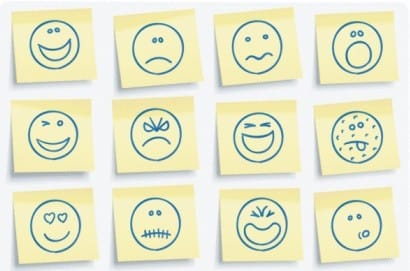How do retailers and CPG companies apply insights about consumer psychology in today’s marketing strategies? Here are some examples from retail startups that presented at our research center’s conference on the latest industry developments, co-organized with the Marketing Science Institute and Fashion Institute of Technology.
Rent the Runway, an online designer dress and accessories rental company, mainly caters to women that want a Cinderella experience wearing brands that they usually don’t wear. To share this experience with their social circles, many customers post pictures of themselves in their rented dress, along with their event story. The company markets to these emotions and aspirations (“access your dream closet”).
Lot18 was founded on the insight that many people feel intimidated by buying wine because they lack expertise. Lot18 gives people confidence by offering a limited selection of hand-picked quality wines at a good price and educating customers about the wines. Even the wording of promotional prices—“trial” prices—speaks to people’s mindset of exploring while not making quality wines sound cheap.
JOYUS, an online video retailer of a carefully curated assortment of apparel, beauty and lifestyle items, entices consumers with content and visual presentation. The unique merchandise and the frequent addition of new items keep shoppers engaged. Its short, high-quality video clips feature product explanations and usage suggestions, given by the JOYUS curators, providing a rich, entertaining shopping experience.
Traditional companies also consider consumer psychology in their marketing. J.C. Penney is bringing sales back after customers responded poorly to the recently launched three-tier pricing strategy implementing everyday low pricing. Shoppers didn’t see their savings and missed the bargain hunt. This fall, Honest Tea is replacing cane sugar with fruit juice in its successful Honest Kids line because parents perceive fruit juice as healthier although it is the same nutritionally. Last year, Honest Tea changed a lower-waste bottle back to the original because customers perceived less content in the new bottle.
Justice, an apparel and accessories brand for 7- to 14-year-old girls, understands its young customers, and their moms, very well. The merchandise, store experience and advertising are specifically designed for girls, who tend not to want to look like their mothers, like to play and enjoy sensory overload. Larger sizes are placed in the regular section to make girls of any size feel comfortable. Magazine-like catalogs are addressed to the girl shoppers and are often their only mail. They also enable mom and daughter pre-store shopping, which is important since the mother is the ultimate buyer.
While quantitative analyses are powerful in verifying intuitions about consumer behavior, qualitative methods are valuable sources to discover behavioral patterns and customer needs. That was my thought when I saw a man contently reading a magazine in the comfortable seating area at Athleta’s Philadelphia store while waiting for his significant other to try on items. Clearly, Athleta understands how to make everyone happy.

























